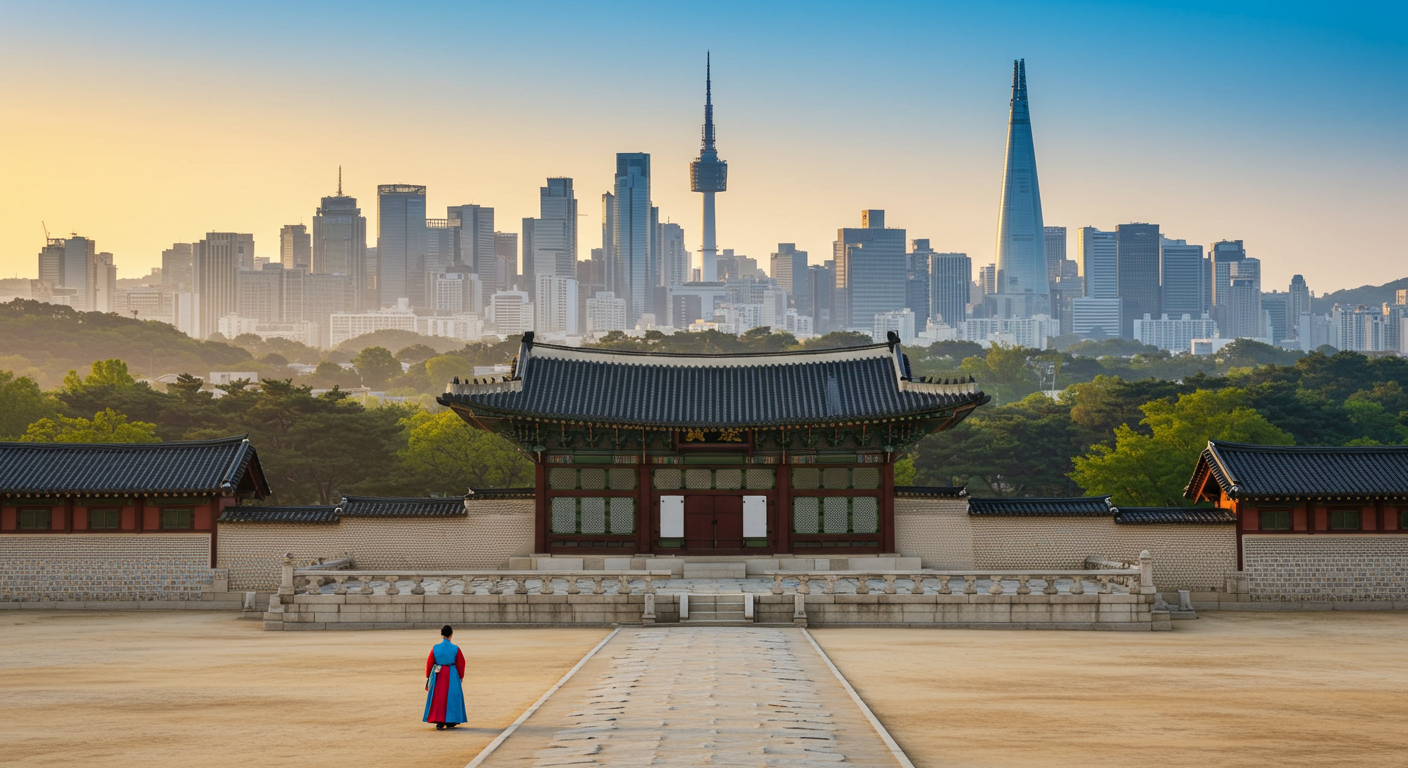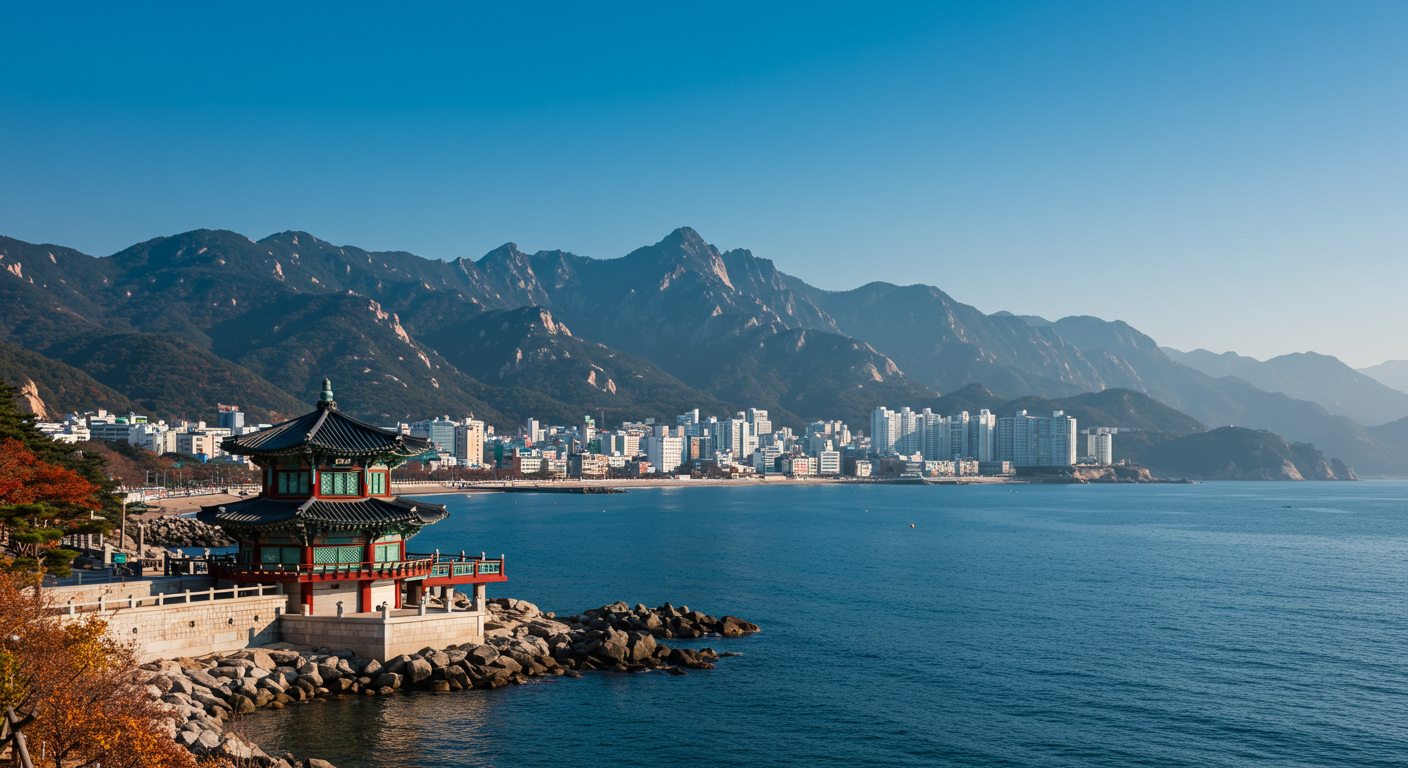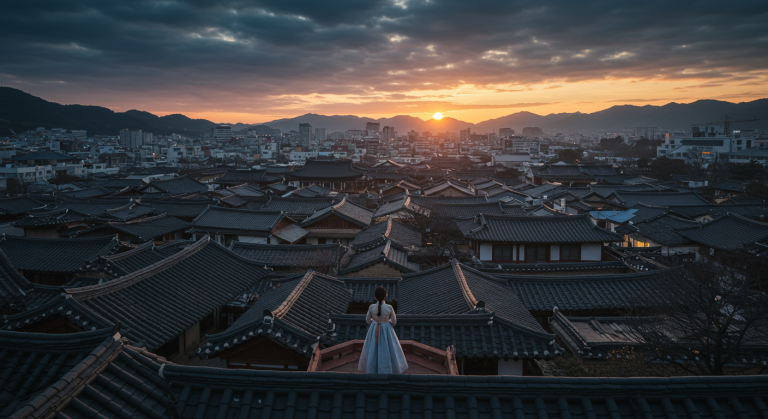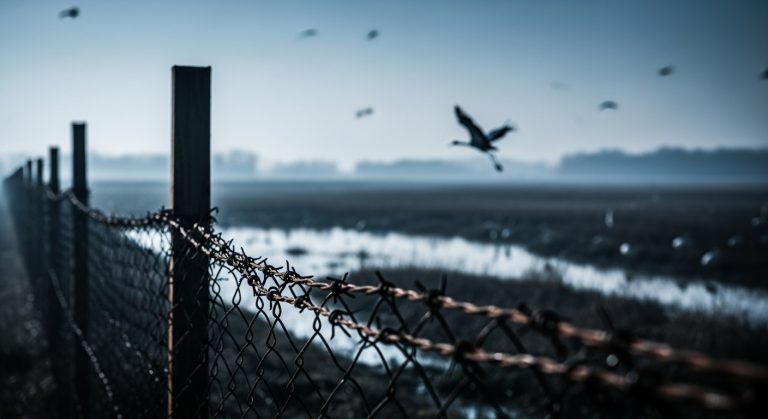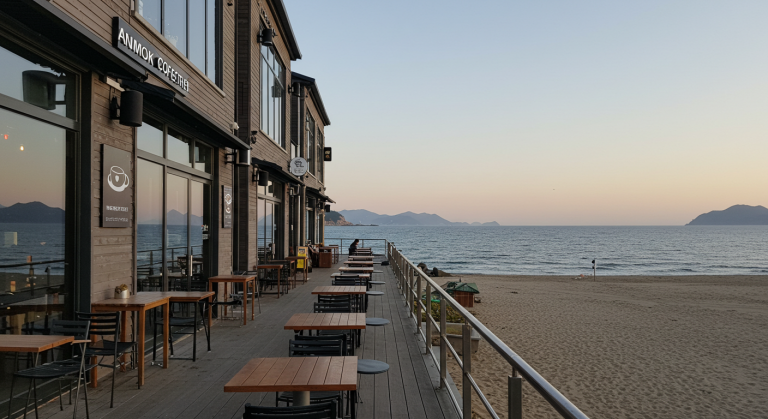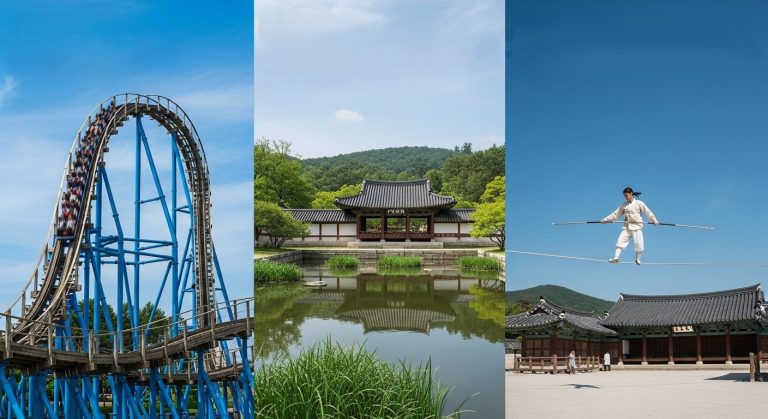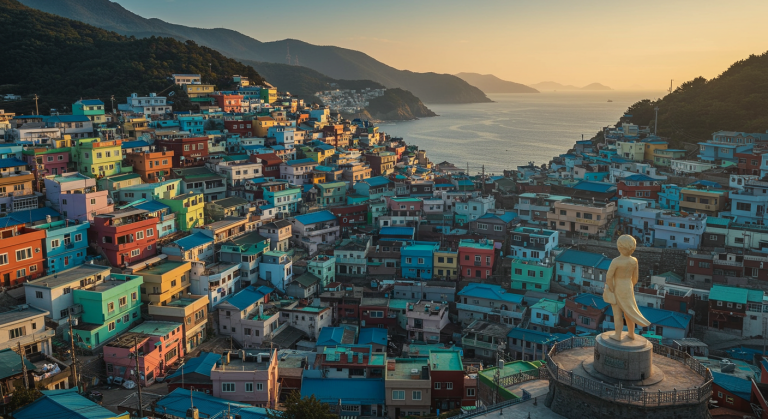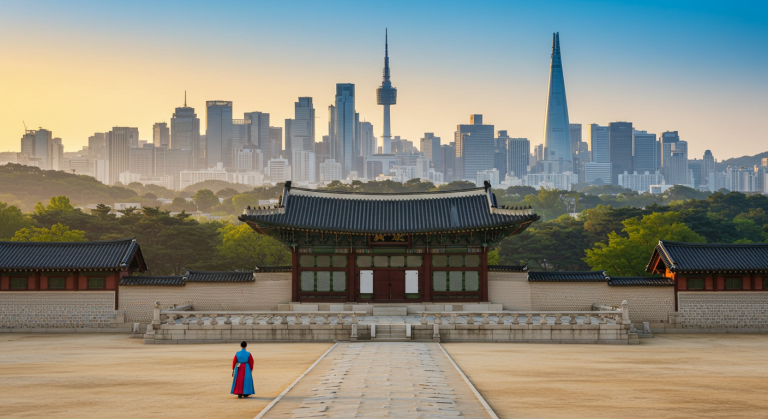Conquering Seoraksan and Tasting the East Sea: Your Ultimate Sokcho Plan
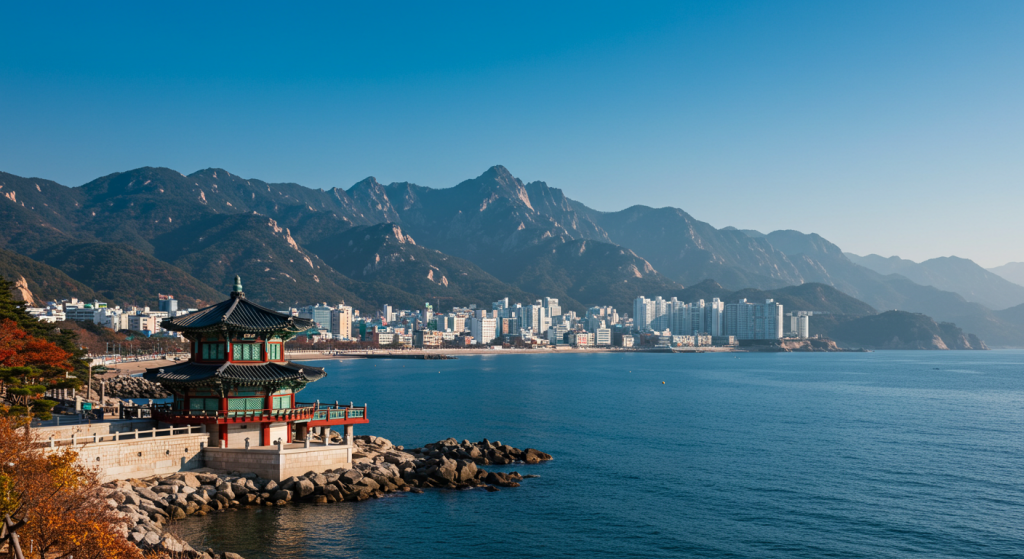
Ready for a deep dive? This is the definitive, professional guide to planning your perfect **Sokcho travel** adventure. Discover everything from the granite peaks of Seoraksan to the freshest East Sea seafood, complete with detailed itineraries, budget tools, and **must-visit cultural spots**. Unlock the magic of Gangwon-do!
I don’t know about you, but whenever I plan a trip, I usually face the agonizing decision: mountains or sea?
It always feels like I have to compromise, right? Either I’m packing hiking boots, or I’m focused solely on sunscreen and beach towels.
That dilemma vanished the moment I first stepped into **Sokcho**, a dynamic coastal city nestled in the heart of Gangwon-do.
It’s one of those rare places in South Korea that manages to offer the majestic, rugged beauty of **Seoraksan National Park** directly alongside the serene, expansive coastline of the East Sea.
Honestly, the sheer variety of experiences here is what makes it a world-class destination.
Over the years, I’ve returned countless times, discovering new hiking paths, secret local *pensions*, and seafood dishes that completely blew my mind (trust me, the crab here is next-level!).
This expanded, professional guide is designed to save you hours of planning.
We’re going far beyond the basic tourist spots, covering everything from detailed hiking strategies and specialized local cuisine to hidden cultural landmarks and essential budget planning, ensuring your **Sokcho travel** is truly unforgettable. 🗺️ Let’s dive in!
1. Seoraksan National Park: Conquering Peaks and Finding Tranquility ⛰️
Seoraksan (설악산) is the heart and soul of the Sokcho experience, a UNESCO Biosphere Reserve that attracts hikers, photographers, and nature lovers year-round.
It’s often referred to as a “rocky masterpiece,” and when you see the dramatic granite formations, you’ll immediately understand why.
One common mistake first-time visitors make is underestimating the sheer size and variety of the park.
It’s huge, so a professional traveler needs to have a route strategy based on time and physical capability.
1.1. Detailed Exploration of Seoraksan’s Iconic Trails
| Trail Name | Difficulty | Key Feature | Time (Round Trip) |
|---|---|---|---|
| **Gwongeumseong Fortress** (권금성) | Very Easy (Cable Car) | 360° Panoramic View of the sea, city, and mountain ridge. | 1-2 Hours |
| **Biryong Falls** (비룡폭포) | Easy/Moderate | Beautiful forested path ending at a powerful waterfall. Perfect for a summer cool-down. | 2-3 Hours |
| **Ulsanbawi Rock** (울산바위) | Hard (Stairs) | A challenging climb rewarded with up-close views of the massive, unique granite peaks. | 4-5 Hours |
| **Daecheongbong Peak** (대청봉) | Expert (Overnight) | The highest peak in Seoraksan. Requires permits, reservation, and serious stamina. | 12+ Hours |
1.2. The Cultural Footprint: Sinheungsa Temple (신흥사)
Just past the entrance to the park (near the cable car station) stands the majestic Sinheungsa Temple, one of the oldest Zen Buddhist temples in the world.
Before you even begin your hike, take a moment to absorb the spiritual tranquility here, which serves as a peaceful contrast to the rugged mountains behind it.
The Seoraksan Cable Car is incredibly popular, and waiting times can exceed two hours on weekends, especially during peak fall foliage season (late October).
My advice? Book your tickets online in advance if possible, or be at the park entrance 30 minutes before opening time (usually 7:30 AM) to secure an early slot.
2. Sokcho’s Sapphire Shoreline: Beaches and Ports 🌊
Once you’ve descended from the mountains, the East Sea coastline is your next destination.
The coast offers a vastly different, but equally compelling, atmosphere—one of sun, sand, and salty air.
While **Sokcho Beach** is the most famous for its soft sand and easy access (it even has a small pine forest!), the real gems are the smaller, lesser-known beaches and bustling fishing ports nearby.
I think it’s worth the short bus ride to explore a little further north or south of the main city center.
2.1. Finding Your Perfect Beach Vibe
-
**Ayajin Beach (아야진 해변):** Located north of the city, this is my personal favorite for pure relaxation.
It’s less crowded, the water is crystal clear, and the small rock formations make for fantastic sunrise photos.
It’s a wonderful, serene spot for those looking to escape the typical tourist hustle. -
**Naksan Beach (낙산 해변):** While technically a short distance south of Sokcho (closer to Yangyang), it is often included in Sokcho itineraries.
This beach is long, wide, and known for its proximity to Naksansa Temple, which offers an incredible coastal view. -
**Oedaecheon Stream Delta:** Less of a beach and more of a scenic spot, this area where the stream meets the sea is popular for peaceful walks and observing local birdlife.
It’s a great way to link the city center to the coast via a pedestrian path.
2.2. Yeonggeumjeong Pavilion: The Sound of the Zither
I’ve mentioned **Yeonggeumjeong Pavilion** before, but it deserves a deeper look.
This destination actually features two pavilions: one on the shore and one connected to the coast via a bridge leading out over the sea.
The sea-bound pavilion is a magical place to stand as the waves crash against the rock base, particularly during sunrise.
Locals will tell you the best time to visit is around 5:30 AM—it’s worth setting the alarm for that spectacular golden hour! 🌅
3. Sokcho for the Foodie: Markets, Delicacies, and Coffee Culture 🦀
Let’s be honest: one of the biggest reasons to visit Sokcho is the food.
The city is blessed with an abundance of fresh, high-quality seafood that makes other coastal cities jealous.
3.1. The Heartbeat of Sokcho: Tourist & Fishery Market (속초관광수산시장)
If you visit only one place to eat, make it the **Sokcho Tourist & Fishery Market**.
This lively, sprawling market is organized into distinct zones, making it easy to navigate the plethora of culinary offerings.
My favorite section is the basement, which houses dozens of live seafood restaurants where you can pick your fish and have it prepared immediately!
- **Dakgangjeong Alley (Chicken):** This is the market’s most famous street section. Vendors sell their signature sweet and sour crispy chicken packed in boxes. It’s perfect for eating on the go or taking home as a gift.
- **Dried Fish/Squid Section:** Explore the traditional *Jeon* (Korean pancake) shops and dried seafood stalls. This is where you can truly immerse yourself in the local commercial culture.
- **Underground Seafood Center:** The freshest place to enjoy *Hoe* (raw fish) and *Hongge* (Red Snow Crab) at competitive prices. You buy the seafood from one stall and take it to an upstairs restaurant for a small sitting fee.
3.2. Decoding Sokcho’s Unique Sundae Dishes
When Koreans talk about *Sundae*, they usually mean blood sausage, but in Sokcho, the term refers to the local specialty: *Squid Sundae*.
These dishes are an absolute revelation and a must-try cultural experience tied closely to **Abai Village** and the North Korean refugee history.
The Difference: Abae Sundae vs. Ojingeo Sundae
**Abae Sundae (아바이순대):** A thick, savory sausage traditionally made by stuffing the intestines of a cow or pig with sticky rice, vegetables, and seasoning. The name comes from the Hamgyeong-do (North Korea) dialect word for ‘father’ or ‘old man’.
**Ojingeo Sundae (오징어순대):** This is the more famous Sokcho version. Instead of intestine, a whole large squid is meticulously cleaned, filled with a mixture of chopped squid tentacle, glass noodles, and vegetables, and then steamed. It’s usually pan-fried with an egg coating before serving—simply delicious!
**Hongge (Red Snow Crab)** is a specialty, but prices can change dramatically based on season and market conditions.
Before ordering a full crab, always confirm the price per kilogram. If you feel uncomfortable negotiating at Daepo Port, stick to restaurants with clear, set-menu pricing near the Tourist Market for a predictable budget.
4. Uncovering Sokcho’s Cultural Layers and Lakeside Retreats 🧭
Sokcho isn’t just about natural beauty; it’s a city with a surprisingly deep and moving history, particularly concerning the division of the Korean peninsula.
Exploring these cultural spots adds incredible depth to your travel experience.
4.1. Abai Village and the Gaetbae Ferry Experience
**Abai Village (아바이 마을)** is arguably the most culturally fascinating spot in Sokcho.
This small community was established by refugees from North Korea’s Hamgyeong-do Province who fled south during the Korean War and could not return home.
It’s an emotional place that allows you to feel the lingering effects of Korea’s division.
The village is physically separated from the main downtown area by a narrow channel of water, which is crossed using the historical **Gaetbae (갯배)**.
This is not a motorboat; it’s a simple, non-mechanized raft pulled across the channel by passengers using a steel cable and a metal hook—a truly unique, hands-on experience that costs only a few hundred Korean won.
It makes for great photos and an unforgettable memory!
4.2. The Twin Lakes: Yeongrangho and Cheongchoho
Sokcho is graced by two beautiful lagoons, or lakes, right within the city limits, offering peaceful alternatives to the bustling coast.
These lakes are ideal for jogging, cycling, or just enjoying a quiet afternoon.
-
**Yeongrangho Lake (영랑호):** The larger and more peaceful of the two, offering a scenic 8km (5 mile) path around its perimeter.
You can rent bikes here, and I strongly recommend doing the full circuit to appreciate the views, which include a tiny historic pavilion called Yeongrangjeong. -
**Cheongchoho Lake (청초호):** This lake is closer to the city center and is the site of the **Expo Park** and the striking **Sokcho Expo Tower**.
The Expo Tower offers the best 360-degree observation deck in the city, providing a comprehensive view of Seoraksan, the lakes, and the East Sea all at once.
5. Blueprinting Your Adventure: Two Professional 3-Day Itineraries 📅
To help you maximize your time, I’ve created two different 3-day itinerary blueprints.
Choose the one that best fits your travel style—are you a fitness fanatic or a culinary explorer?
5.1. Itinerary A: The Nature Lover’s Trek (Mountain Focus)
**Day 1: Seoraksan Immersion**
- Morning: Arrive early. Visit Sinheungsa Temple, then take the **Gwongeumseong Cable Car** for a panoramic view.
- Afternoon: Tackle the **Biryong Falls** trail for a moderate hike surrounded by dense forest.
- Evening: Dinner near the park entrance (mountain vegetables and *pajeon*). Early rest.
**Day 2: Coastal Hiking and Tranquility**
- Morning: A demanding climb up the **Ulsanbawi Rock** trail (4-5 hours). Pack water and snacks!
- Afternoon: Relax on the quiet **Ayajin Beach**. Grab coffee at a nearby cafe.
- Evening: Head to Daepo Port for fresh *Hoe* (raw fish) dinner, prioritizing a view of the sunset.
**Day 3: Lakeside Cycle and Farewell**
- Morning: Rent a bike and cycle the perimeter of **Yeongrangho Lake**.
- Lunch: Visit Abai Village via the Gaetbae ferry for an *Abae Sundae* lunch.
- Afternoon: Collect *Dakgangjeong* at the Tourist Market and depart.
5.2. Itinerary B: The Culture and Foodie Explorer (City Focus)
**Day 1: Market Madness and Sunset**
- Morning: Check-in, then head straight to the **Sokcho Tourist & Fishery Market**. Lunch: *Ojingeo Sundae* and *Dakgangjeong*.
- Afternoon: Explore the nearby **Cheongchoho Lake** and visit the Sokcho Expo Tower for city views.
- Evening: Walk to **Yeonggeumjeong Pavilion** for sunset photos; dinner at a dedicated *Hongge* (Red Snow Crab) restaurant.
**Day 2: Historical Reflections and Local Life**
- Morning: Cross on the **Gaetbae Ferry** to Abai Village. Have *Naengmyeon* (cold noodles) and explore the alleyways.
- Afternoon: Visit the **Sokcho City Museum** (속초시립박물관) to learn about the region’s history, including the fishing industry and the North Korean migration.
- Evening: Enjoy dinner and local craft beer in the main downtown area, away from tourist ports.
**Day 3: Mountain Tease and Departure**
- Morning: Take a short bus ride to the Seoraksan entrance. Only walk the short, paved path to **Sinheungsa Temple** and the great bronze Buddha.
- Lunch: Grab a quick meal at a trusted local eatery near Sokcho Bus Terminal.
- Afternoon: Purchase souvenirs (e.g., local honey, dried squid) and depart.
6. Essential Practicalities: Transport, Stay, and Budgeting 🧳
A smooth trip requires excellent logistics. Here’s a professional breakdown of getting to Sokcho and managing your stay.
6.1. Getting There: KTX vs. Express Bus
Since Sokcho does not have a direct KTX station, transportation usually involves a high-speed rail/bus combination or a direct express bus.
**Express Bus (Recommended):** The direct bus from Seoul’s Express Bus Terminal (Gangnam) is usually the most efficient and cost-effective method, taking roughly 2.5 to 3 hours.
**KTX Option:** You can take the KTX train to Gangneung or Donghae and then transfer to a local bus or taxi. This is slightly faster but requires a stressful transfer, which I personally find defeats the purpose of a relaxing vacation.
6.2. Accommodation Choices by Location
| Area | Best For | Accommodation Type |
|---|---|---|
| **Sokcho Beach Area** | Beach Access, Sunrise Views, Summer Fun | Resorts, Hotels, High-Rise Pansion Villas |
| **Downtown/Market Area** | Foodies, Budget Travelers, Public Transport Access | Business Hotels, Motels, Guesthouses |
| **Seoraksan Entrance** | Dedicated Hikers, Early Morning Trail Access | Small *Pensions*, Traditional Minbak (Homestays) |
6.3. Interactive: Advanced Trip Budget Planner (Per Day)
🔢 Sokcho Trip Budget Estimator (Daily)
*Customize your trip by selecting your style and estimated spending habits.*
7. Visual Summary: Key Takeaways Before You Go
Here is a quick recap of the essential **Sokcho travel** knowledge, presented in a digestible, professional format.
Mountain Strategy
Goal: Reach a high view without an all-day trek.
Method: Seoraksan Cable Car to Gwongeumseong. Reserve tickets early! If hiking, the Biryong Falls trail is the best compromise between challenge and view.
Culinary Must-Do
Goal: Experience the true local flavor.
Method: Eat Ojingeo Sundae (Squid Sausage) at Abai Village, and grab a box of *Dakgangjeong* (Crispy Chicken) from the Tourist Market for the ride home.
Cultural Immersion
Goal: See Sokcho’s unique history.
Method: Ride the Gaetbae Ferry to Abai Village. This simple, manually operated raft symbolizes the city's refugee past.
Best Photo Op
Goal: Capture the perfect coastal sunrise.
Method: Yeonggeumjeong Pavilion, specifically the one connected by the bridge over the water, right as the sun breaks over the East Sea horizon.
Sokcho offers an incredible travel experience, one where you can truly satisfy your appetite for adventure, culture, and amazing food all in one place.
It’s a city that constantly surprises and rewards those who are willing to look beyond the main attractions and explore the local nuances.
I sincerely hope this comprehensive guide has not only answered your logistical questions but also ignited a passion for visiting this East Sea gem.
Don't hesitate—pack your boots *and* your swimsuit, and prepare for the journey of a lifetime.
Go forth and explore, travelers! And once you return, please share your own favorite **Sokcho travel** spots and memories with me! Happy travels! 👋
